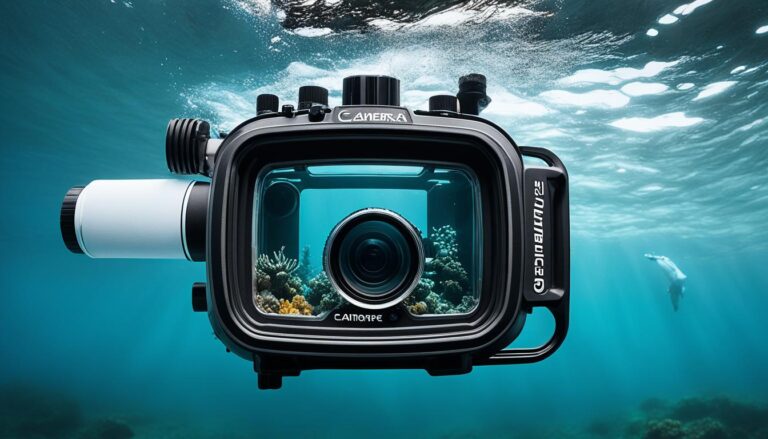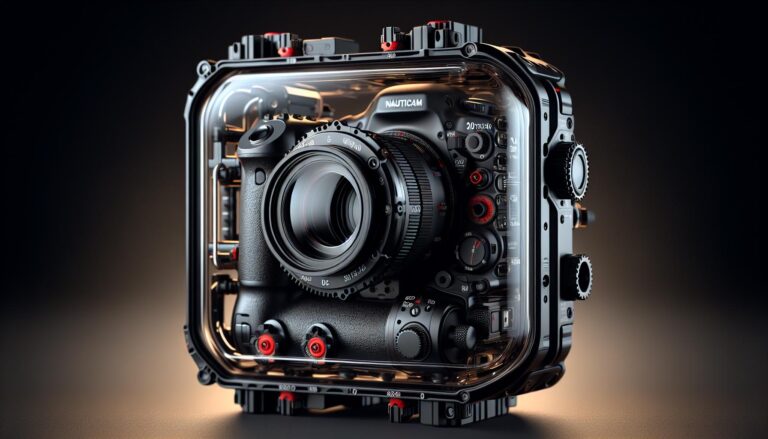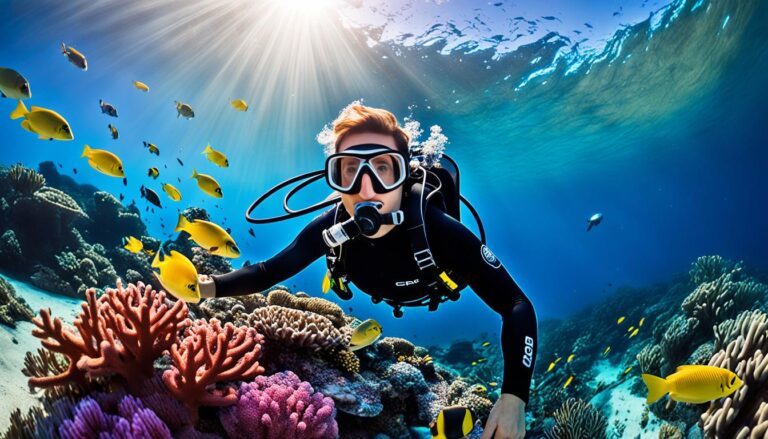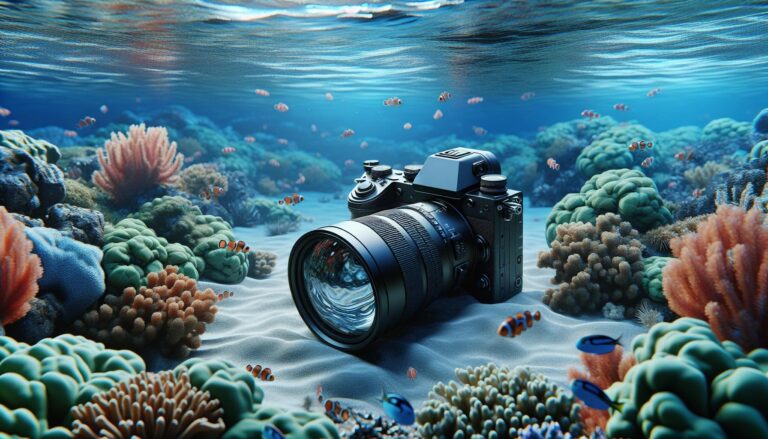Top Affordable Underwater Cameras: A Comprehensive Guide for Budget Shutterbugs
Diving into the deep blue, we’re on a quest to capture the unseen, the mysterious marine life that exists beneath the waves. But without shelling out a fortune, how can we seize these moments in high quality? That’s where affordable underwater cameras come into play.
In this digital age, there’s no need to break the bank to get your hands on a top-notch underwater camera. I’m here to guide you through the labyrinth of options, pointing out the best budget-friendly underwater cameras that don’t compromise on quality.
So, whether you’re a snorkeling newbie or a seasoned scuba diver, stick around. You’re about to discover how to capture stunning underwater shots without sinking your budget.
Overview of Underwater Photography
Underwater photography unlocks a whole new realm of imagery, enabling me to capture the beauty of marine life. However, it’s not simply about diving deep and clicking. Let’s delve deeper into various aspects of this immersive experience.
Importance of a Good Camera for Underwater Photography
Investing in a quality camera for underwater photography matters, ensuring I don’t miss capturing the sea’s vibrancy. Superior image resolution, effective focusing capabilities, and a robust build withstand the harsh marine environment, are just a few crucial components. For instance, a camera with 12 megapixels or more enhances the picture quality, making vivid coral reefs look like real-life paintings. Similarly, a good camera with quick focus can accurately capture a swiftly moving fish, securing a clear, crisp image. Furthermore, cameras with durable, waterproof bodies guard against saltwater erosion and pressure at deep diving depths, extending their lifespan. It’s evident, then, that the right camera is a photographer’s key ally in a successful underwater photoshoot.
Key Features to Consider when Buying an Underwater Camera
Delving deeper, let’s zero in on the vital aspects of underwater cameras that potential buyers ought to consider. These elements separate an average camera from the ideal underwater companion, especially for those of us who hold quality and value in high regard.
Waterproof and Depth Rating
Absolute in its importance, the waterproof and depth rating of an underwater camera is not negotiable. It’s all about how deep a camera can go while retaining its functionality. For instance, some cameras withstand depths of up to 30 meters, which is perfect for casual snorkeling. Yet, more dedicated divers, venturing down to 60 meters, need a camera crafted to endure such extreme conditions.
Image Quality
Moving on to image quality, it’s crucial to check for the resolution, sensor size, and the kinds of lenses it supports. Cameras offering 12 megapixels or more with larger sensors give better image quality. For instance, a camera specifying a 1-inch sensor coupled with 20.1-megapixel resolution guarantees astoundingly clear and vivid underwater shots.
Durability and Toughness
Lastly, but certainly not least, is factoring in the camera’s durability and toughness. Underwater photography exposes a camera to harsh environments, and without robust build quality, it’s nothing more than a sitting duck. For example, a camera housed in a polycarbonate body and armored with reinforced glass promises a durable and tough piece of equipment that is ready to take on the underwater world with resilience.
Review of Top Cheap Underwater Cameras
To build on from what we addressed earlier about crucial underwater camera features, let’s explore three top models in the market prioritizing affordability. Here, I’ll delve into their specific features, all the while shedding light on their pros and cons for a comprehensive perspective.
Camera 1: Features, Pros, and Cons
The first camera on this list Camera 1, a well-acclaimed product, boasts a commendable waterproof rating of up to 30 meters. It’s paired with an impressive high-resolution sensor, ensuring clarity in your underwater shots. However, given its budget-friendly nature, the camera’s durability might not match up to top-tier models.
- Features: Waterproof up to 30 meters, High-resolution sensor
- Pros: Excellent depth rating, High image quality
- Cons: Questionable durability
Camera 2: Features, Pros, and Cons
Moving forward, we have Camera 2, a favorite among deep divers, thanks to its robust 60 meter underwater capability. Even with a sensor smaller than Camera 1, it produces clear, high contrast images. Its major setback, however, lies in the battery life, falling short compared to other models.
- Features: Waterproof up to 60 meters, High contrast sensor
- Pros: Greater depth capability, High contrast images
- Cons: Substandard battery life
Camera 3: Features, Pros, and Cons
Lastly, Camera 3 stakes its claim with its unmatched durability, easily withstanding harsh underwater environments. Although its depth capacity isn’t as substantial, rated at just 20 meters, it guarantees sharp images with its larger sensor. However, its complexity might be challenging for beginners.
- Features: Highly durable, Larger sensor
- Pros: Extraordinary durability, Excellent image clarity
- Cons: Less depth rating, Challenging for beginners
How to Take Care of Your Underwater Camera
Performing regular maintenance and proper handling of your underwater camera, from Camera 1’s high-resolution sensor model to Camera 2’s depth-friendly design or the durable, larger sensor of Camera 3, is essential for extending its life and ensuring optimal functioning. In this section, you’ll learn practical tips for keeping your underwater camera in top condition, regardless of your model’s specific features.
Regular Maintenance Tips
- Rinse Thoroughly: Freshwater rinses, for example by using distilled water, serve to protect your underwater camera and its sensitive components from the corrosive salty residues of ocean dives.
- Dry Correctly: Careful pat dry techniques with a soft, lint free cloth, one like a microfiber towel, provide gentle care to avoid unnecessary damage.
- Inspect Regularly: Routine checks, for instance, examining seals for debris or damage, help prevent water leaks which could be catastrophic.
- Store Properly: Favourable storage conditions, such as a dry and dust-free environment, contribute to a longer lifespan for your camera.
- Handle With Care: To guard the underwater camera’s sensitive parts, deliver it gentle handling, paying particular attention to the lens and buttons.
- Use the Right Settings: Match the camera settings to your underwater environment, consequently practicing manual mode rather than auto-focus can yield better image quality, particularly with the larger sensor seen in Camera 3.
- Master Your Equipment: Understand your camera’s limits, including depth ratings and low battery warnings, like the issues experienced with Cam 2.
Useful Accessories for Your Underwater Camera
After discussing various affordable underwater cameras and their maintenance tips, let’s now explore some useful accessories for your underwater camera. These enhancements not only complement the capabilities of your camera but can also significantly improve your overall underwater photography experience.
Extra Batteries and Memory Cards
An unexpected battery drain or a full memory card can cut short your underwater photography adventure. Always pack extra batteries and memory cards to be on the safe side. For instance, with a spare battery, you won’t worry about a drained camera when a majestic sea turtle swims by. Similarly, additional memory cards, like SanDisk’s Ultra 64GB Class 10 microSD Card, assure you won’t run out of photographing space.
Sturdy Camera Housing
A robust and watertight housing unit is vital for protecting your camera from potential underwater hazards. Camera housings, such as the Canon WP-DC54 Waterproof Case, can safeguard your camera against water damage and add depth capacity, enhancing the camera’s durability.
Underwater Light Attachments
Achieving the right lighting underwater poses a unique challenge. Light attachments, like the SeaLife SL677 Sea Dragon 2000F UW Photo-Video Dive Light, can significantly enhance your photos’ quality. These devices offer a wide angle coverage and a particular color range perfect for underwater settings.
Floating Straps
A sinking camera is every underwater photographer’s nightmare. Equip your camera with floating straps like the Tethys Buoyance Series Waterproof Float Strap that aids in floating, providing a safety layer against unfortunate accidents.
By complementing your cheap underwater camera with these accessories, you can enhance your underwater photography adventure. Remember, the goal is maximizing your experience without breaking your budget.
Conclusion
So, there you have it. We’ve delved into the world of affordable underwater cameras, touching on the must-have features and top picks in the market. It’s clear that you don’t have to break the bank to capture stunning underwater shots. From waterproof ratings to image quality, there’s a camera out there that fits your budget and meets your needs.
We’ve also shed light on how to maintain these cameras to ensure they serve you for years to come. Finally, we’ve addressed some handy, cost-effective accessories that can take your underwater photography to the next level. Remember, it’s not just about the camera, but also how you use and care for it. Dive in, explore and capture the underwater world with your budget-friendly camera. The ocean’s depths are waiting for you!







